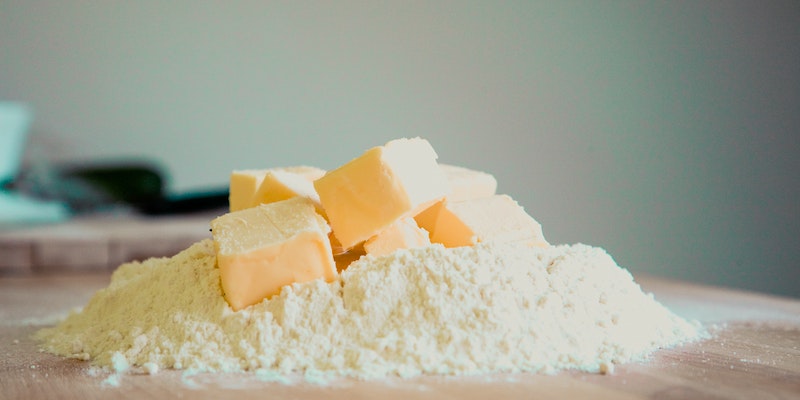Why Do We Cream Butter and Sugar for Cakes and Cookies?
Sep 11, 2023 By Susan Kelly
When baking, mastering the art of creaming butter and sugar is a fundamental technique that can make all the difference in your sweet treats. Whether you're whipping up a batch of cookies or creating a delectable cake, understanding the importance of this step is key to achieving light, fluffy, and perfectly textured baked goods.
Join us and learn more about what the entire process entails.
Creaming Butter and Sugar: An Intriguing Step to Making Delectable Treats
Creaming butter and sugar together involves combining softened butter and granulated sugar until they form a smooth and creamy mixture. This process not only helps to incorporate air into the mixture but also creates tiny pockets of fat that will expand during baking, resulting in a tender crumb and irresistible melt-in-your-mouth texture.
In cake baking, creamed butter and sugar are the foundation for creating moist and flavorful cakes. As you beat these two ingredients, the sugar crystals help to aerate the mixture by trapping air bubbles. This trapped air expands during baking, giving your cakes their characteristic lightness.
Similarly, creamed butter and sugar are crucial in achieving those coveted soft yet chewy cookies in cookie baking. The creaming process creates an emulsion where the fat from the butter coats each sugar crystal.
The Role of Creaming in Creating Light and Fluffy Texture
The creaming technique plays a crucial role when discussing achieving a light and fluffy texture in baked goods. This technique combines softened butter or margarine with sugar until the mixture becomes light and creamy. Incorporating air into the batter through creaming cakes and cookies can attain a delightful, tender, and airy texture.

The creaming method is particularly effective in creating a light texture in cakes. As the butter and sugar are beaten together, tiny air bubbles are formed, which expand during baking. This expansion results in a soft, moist cake with a delicate crumb structure.
In addition, creaming plays a vital role in achieving a fluffy texture with cookies. By beating together butter or margarine with sugar until light and fluffy, the incorporation of air creates pockets within the dough. During baking, these air pockets expand due to heat, resulting in soft cookies with a slightly crisp exterior on the inside.
How Creaming Helps to Achieve Proper Structure and Volume
Creaming is a crucial technique in baking that plays a significant role in achieving proper structure and volume in baked goods such as cakes and cookies. By understanding the benefits of creaming butter and the role of sugar, bakers can create delightful treats that are light, fluffy, and visually appealing.
When butter is creamed with sugar, it transforms. The process involves beating the two ingredients together until they become light and fluffy. This incorporates air into the mixture, creating tiny pockets that expand during baking. The trapped air bubbles contribute to the overall volume of the baked goods.
Creaming also helps to distribute fat evenly throughout the batter or dough. This even distribution ensures that every bite of your baked creation is moist and tender.
The Science Behind the Chemical Reactions During Creaming Process
The creaming process in baking is not just a simple mixing of ingredients; it involves a fascinating science behind the chemical reactions. One of the key interactions that occur during creaming is between fatty acids and sugar molecules.
When fats, such as butter or shortening, are combined with sugar and beaten together, the fatty acids in the fats surround and envelop the sugar molecules. This creates tiny air pockets within the mixture, resulting in a light and fluffy texture in baked goods.
Furthermore, another important reaction is known as the Maillard reaction during the creaming process. This reaction occurs between amino acids (found in proteins) and reducing sugars (such as glucose or fructose). It is responsible for creating delicious flavors and aromas in baked goods, giving them their characteristic golden-brown color.
Tips to Achieve Perfectly Creamed Butter and Sugar Mixture Every Time
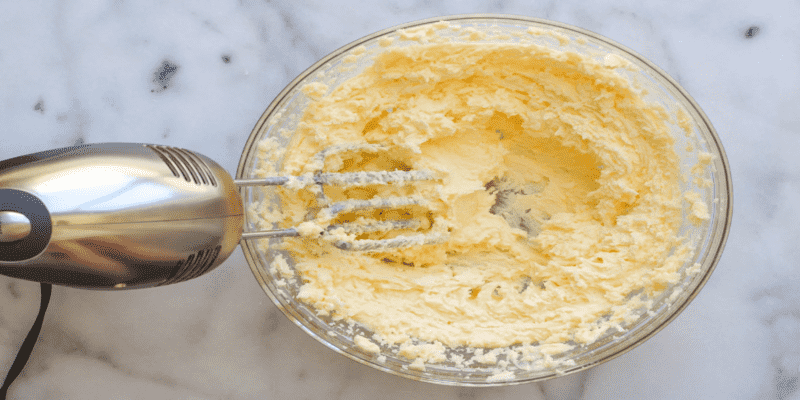
Achieving the perfect creamed butter and sugar mixture is essential for many baking recipes. It sets the foundation for light and fluffy cakes, cookies, and other delectable treats. But how do you ensure that your mixture turns out perfectly every time? Here are some tips and tricks to help you master the art of creaming.
- Firstly, it's crucial to start with room-temperature butter. Softened butter allows for easier incorporation with sugar, resulting in a smoother texture. Leave your butter at room temperature for about 30 minutes before creaming.
- Proper mixing techniques play a significant role in achieving the desired consistency. Begin by placing your softened butter in a mixing bowl along with the desired amount of sugar. Using an electric or stand mixer fitted with a paddle attachment beat the two ingredients together on medium speed until they are well combined.
- To ensure an even distribution of ingredients, periodically scrape down the sides of the bowl using a spatula. This step helps incorporate any remaining pockets of unmixed butter or sugar.
- Pay attention to the texture and appearance of your mixture as you go along. The ideal creamed mixture should be pale yellow in color, light, and fluffy in texture. This usually takes anywhere from 2 to 4 minutes of continuous mixing.
- Remember not to overmix your creamed butter batter, as this can lead to unwanted changes in texture and density. Once you achieve a smooth consistency with no visible streaks of butter or sugar, it's time to add other ingredients according to your recipe.
Final Verdict
Whether aiming to create an indulgent layer cake or a batch of heavenly cookies, understanding how to cream butter and sugar properly is essential for achieving bakery-quality results.
Moreover, mastering the creaming technique is essential for creating baked goods with a light and fluffy texture.
-
 Sep 16, 2023
Sep 16, 2023The Mystery of Fart-Smelling Wine: What Causes It and How to Avoid It
Have you ever wondered what causes a wine to smell like farts? If not, then read this article to find the root cause of fart-smelling wine.
-
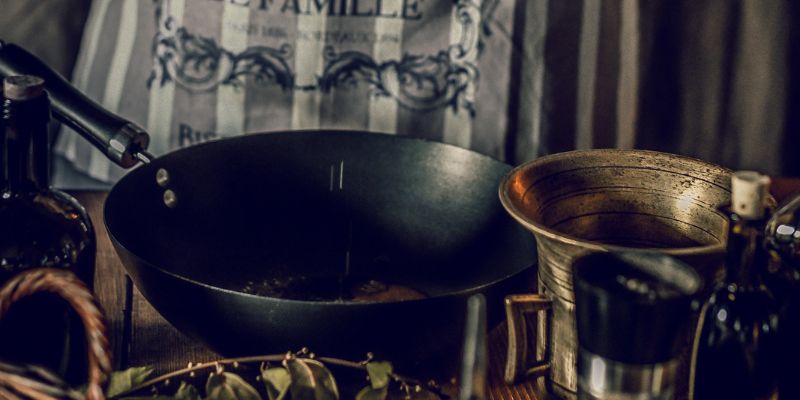 Sep 03, 2023
Sep 03, 2023Why Torch Hei Is the Best Way to Get Wok Hei at Home? An Overview
Wok hei, which may be translated as "breath of a wok," is the aroma of a freshly cooked stir-fried meal. This aroma is achieved only by using very high heat
-
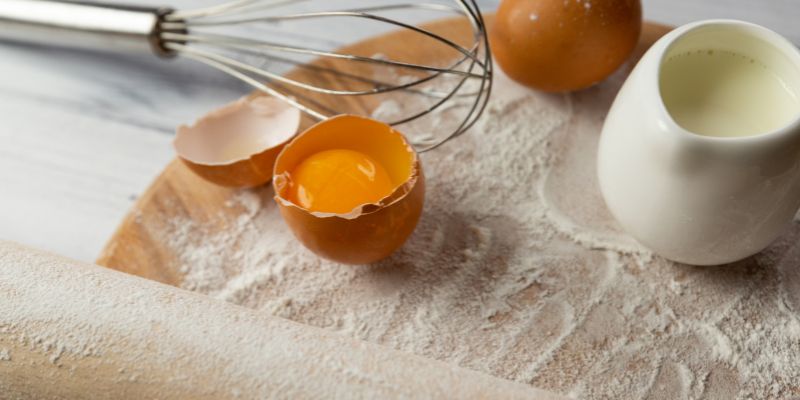 Sep 04, 2023
Sep 04, 2023Get To Know Tha Delicious, Healthy and Easy Baked Eggs Recipes
Do you want to try out easy-baked eggs? Then, it would help if you gave it a shot, as it is quick and simple to make. Just add a few ingredients and bake the eggs
-
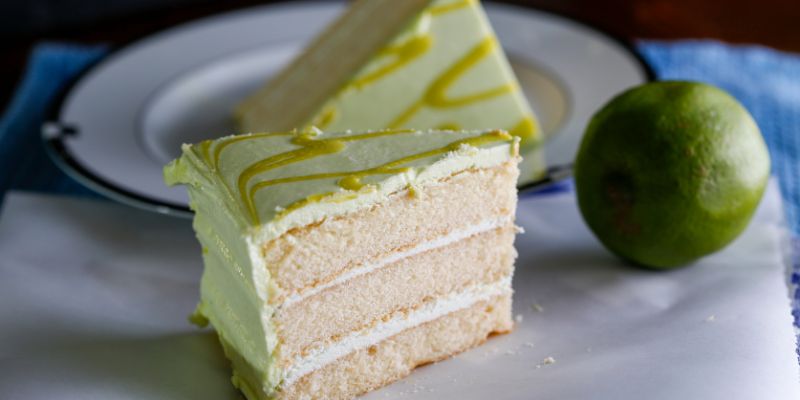 Sep 01, 2023
Sep 01, 2023Best Key Lime Cake Recipe For A Zesty Summer Treat
Escape to tropical flavors with this refreshing Key Lime Cake recipe! Learn how to make it at your home by following certain instructions.

